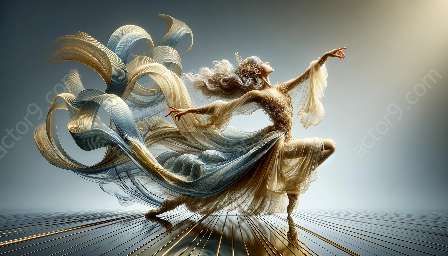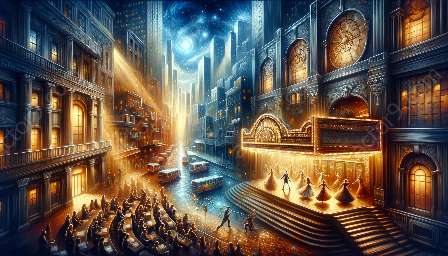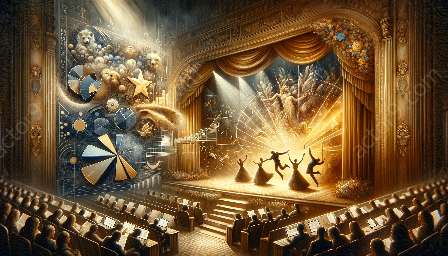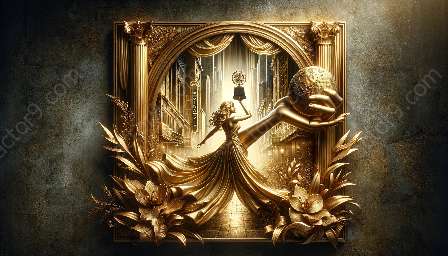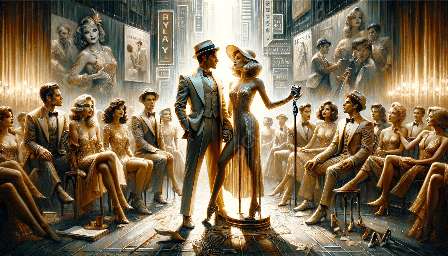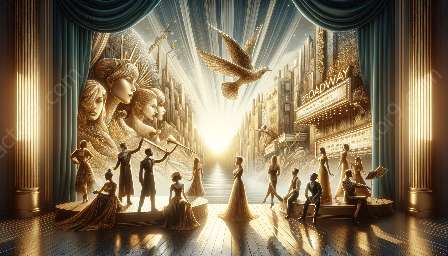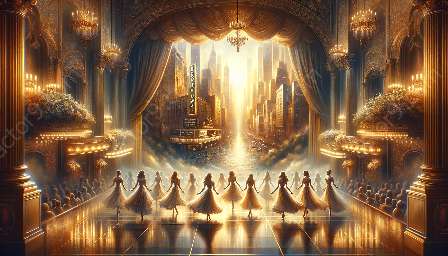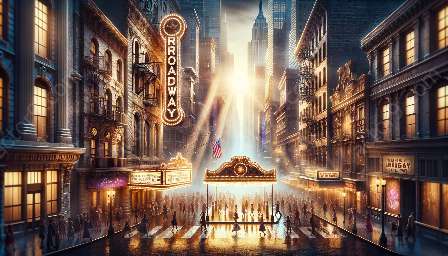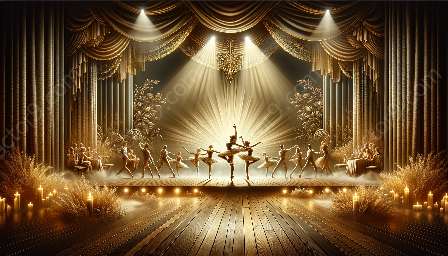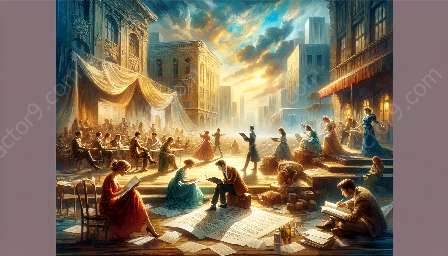When examining the evolution of Broadway musical styles, it becomes evident that the integration of various dance styles has played a significant role in shaping the development of this iconic form of theatrical performance. The fusion of different dance techniques, ranging from classical ballet to contemporary dance, has not only enhanced the visual appeal of Broadway musicals but has also contributed to the storytelling, character development, and emotional impact of these productions.
Evolution of Broadway Musical Styles
Before delving into the impact of dance styles, it's essential to understand the evolution of Broadway musical styles. From the early days of musical theater in the late 19th century to the present, Broadway has witnessed a dynamic evolution in its artistic expression, storytelling methods, and presentation techniques. This evolution reflects the changing societal norms, cultural influences, and the advancements in theatrical arts.
Early Broadway musicals primarily featured simple, straightforward dance routines that were often integrated into the storyline without extensive development. However, as the genre evolved, dance became a more integral component of the productions. This evolution allowed for the incorporation of diverse dance styles, fostering a more immersive and captivating theater experience for audiences.
The integration of various dance styles not only expanded the visual and aesthetic appeal of Broadway musicals but also revolutionized the storytelling capabilities of these productions. Through the seamless integration of dance, Broadway musicals began to convey emotions, depict character relationships, and illustrate narrative complexities in a profoundly impactful manner.
Influence of Dance Styles
The integration of different dance styles, such as tap, jazz, ballet, and contemporary dance, has had a profound influence on the development of Broadway musicals. These dance forms brought unique movements, techniques, and expressions, enriching the choreographic diversity within musical theater.
Furthermore, the incorporation of diverse dance styles has enhanced the versatility of Broadway productions, allowing for a broader range of storytelling and thematic exploration. Whether it's the energetic and rhythmic tap routines, the dynamic and expressive movements of jazz dance, or the graceful and elegant ballet sequences, each style has contributed to the richness and complexity of Broadway musical performances.
For instance, the infusion of tap dance in iconic Broadway musicals like '42nd Street' and 'Thoroughly Modern Millie' brought a distinct flair and exuberance to the choreography, elevating the entertainment value and leaving a lasting impression on audiences.
Additionally, the integration of ballet in productions such as 'The Phantom of the Opera' and 'An American in Paris' introduced a sense of classical sophistication and heightened emotional depth, further expanding the artistic dimensions of Broadway musicals.
Impact on Character Development and Storytelling
Beyond the visual spectacle, the integration of dance styles has significantly influenced character development and storytelling in Broadway musicals. Dance has become a powerful tool for portraying character emotions, relationships, and conflicts, allowing for a deeper exploration of the narrative themes.
Through the distinct movements and expressions of various dance styles, characters in Broadway musicals can convey their inner struggles, aspirations, and triumphs in a non-verbal yet profoundly evocative manner. The usage of dance as a storytelling medium has brought a new dimension to character portrayal, transcending verbal communication and engaging the audience on a visceral and emotional level.
Whether it's the fiery and sensuous tango in 'Chicago' or the exuberant and synchronized ensemble dance numbers in 'A Chorus Line,' the integration of dance styles has allowed characters to express their individuality, conflicts, and desires with unparalleled dynamism and depth.
Contribution to the Evolution of Musical Theater
Looking at the broader context, the integration of dance styles has significantly contributed to the evolution of musical theater as a whole. The innovative choreographic techniques and the blending of diverse dance forms have not only expanded the artistic boundaries of Broadway musicals but have also influenced the development of musical theater globally.
By embracing and incorporating various dance styles, Broadway has set a precedent for experimentation and creativity within the realm of musical theater. This influence has transcended geographical boundaries, inspiring theatrical productions around the world to explore the fusion of dance and storytelling in innovative and compelling ways.
Furthermore, the integration of dance styles has played a pivotal role in attracting diverse audiences and engaging with a broader demographic. The dynamic and eclectic nature of dance-infused Broadway musicals has resonated with individuals of all ages and cultural backgrounds, fostering inclusivity and enriching the theatrical landscape.
In conclusion, the integration of dance styles has not only enhanced the visual and emotive aspects of Broadway musicals but has also contributed to the evolution and enrichment of the broader musical theater genre. From influencing character development and storytelling to shaping the artistic trajectory of musical theater, dance styles continue to be an integral and transformative force in the world of Broadway and beyond.




